
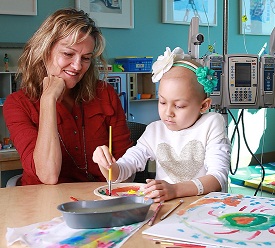
Healing Art Program
A story is told by Lisa Brandt, who knew that she was ailing at the point when she could barely move from her couch to the bed. She was aged 48 years by then and she was feeling a voracious thirst coupled with a chilled bone. A doctor examined her in 2011, when influenza was at an all-time high. After the examination, she was just told to go home and take a rest. Even at the point of having blood in her urine, the medical attendants scolded her and told her to stop taking the case of a flu too far. This case later turned out that Brandt was suffering from sepsis, a life-threatening complex infection that spreads stealthily after doctor’s work on the teeth. A doctor in a walk-in clinic based in London refused to attend to her. She however received some antibiotics at the nick of time hence saving her from a possible death.
Sometimes, patients tend to think that doctors can make out what they are suffering from even without much diagnosis. We imagine that doctors can guess our ailments and treat us just like the case of the brilliant diagnostician on the renowned TV series called House. However, in reality, doctors can only cover a given ground after an appointment period of around 15 minutes.
There is an increasing reliance of tools that save time such as blood tests, checklists for symptoms, ultrasound, and magnetic resonance imaging (MRI) to properly diagnose patients.
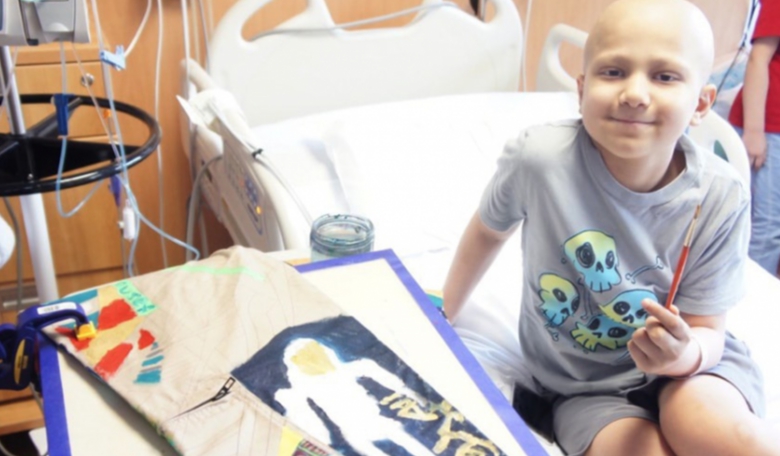
Art for Patient
Even as we experience an age where medicine is embracing technology like it has never had, it is evident that doctors are not being trained at patient’s beds. Instead of this, most of the doctors are now being trained on how to use the super intelligent computer whose success rate is thought to be almost 93%. This is incomparable with the 51% percent success rate for human doctors.
Be that as it may, some doctors are opposed to the move and they insist that medicine should not be seen as just another science, it should be viewed as an art too. These medical professionals argue that education in arts and humanities forms the best remedy to the misguided diagnosis that has been experienced in various doctor’s quarters. The misdiagnosis has led to a stained patient-doctor relationship.
“Every doctor should undergo some training in art since they will have better clinical skills, according to Dr. Caroline Wellbery, a co-author of a research paper on the role of arts in medicine”
[Source: Arts and medicine]
Wellbery indicated that if medical students are taken through the role of shadows and light in painting work, they can gain better awareness on various ways of seeing. Wellbery has unmatched knowledge on the relationship between arts and medicine and she has been contacted by many students to train them. The skills that students gain while observing in arts can be of much help when the students come to a clinic. For example, if a patient complains of digestive problems, the doctor may know the root cause in a better manner if he/she is able to observe various facial expressions that show chronic anxiety and stress.
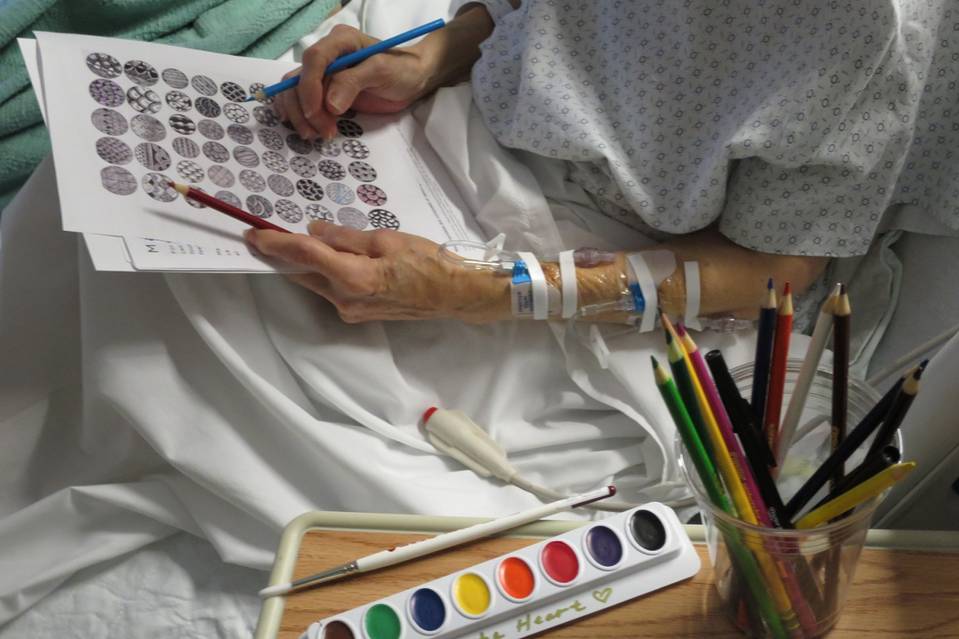
Art can Alleviate Stress in Patient
The benefits of arts observation are immeasurable. It has been proved that medical students who have been taken through an arts appreciation course for 8 weeks have a better and detailed ability to observe clinical slides that show patients who have diverse disorders. Such medical students cannot be compared to their colleagues who only focus on medical classes.
Moreover, exposure to the language used in arts makes medicine students to have sharp critical communication and thinking skills. A medical student who has gone through a communication course can easily decipher what a patient is suffering from through engaging him/her in leading stories. This is not another touchy-feely idea. A fervent study of the placebo effect indicates that focused care from a medical practitioner prompts faster healing, hence making the patient’s condition improve even without further medical care. Art-based courses should be introduced and made core units in medical schools.
If you visit Yale School of Medicine, you will find that first year students are supposed to attend an arts-observation workshop in a museum that has British paintings of 18th and 19th century.






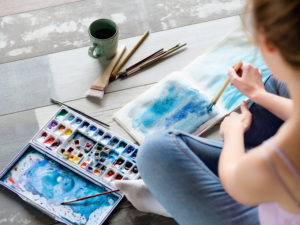

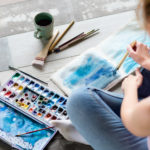
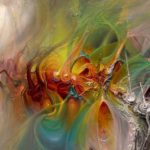

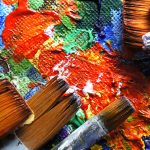
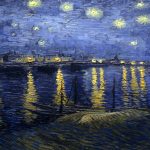
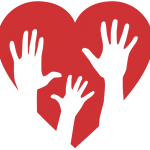 Volunteering is my passion since I can say that I have reached the cream of my career. With the vast experience that I have gained from working in various capacities, I feel that I have a lot to give back to the community. My leisure time is not just spent having fun; I always look for a gap in the community and try to feel it in the best way possible. I have been a volunteer with the organization called All for Good. It is an organization that has helped me to find meaningful ways to engage with the community. I do not only volunteer for the sake of others, it is also for my own good.
Volunteering is my passion since I can say that I have reached the cream of my career. With the vast experience that I have gained from working in various capacities, I feel that I have a lot to give back to the community. My leisure time is not just spent having fun; I always look for a gap in the community and try to feel it in the best way possible. I have been a volunteer with the organization called All for Good. It is an organization that has helped me to find meaningful ways to engage with the community. I do not only volunteer for the sake of others, it is also for my own good.